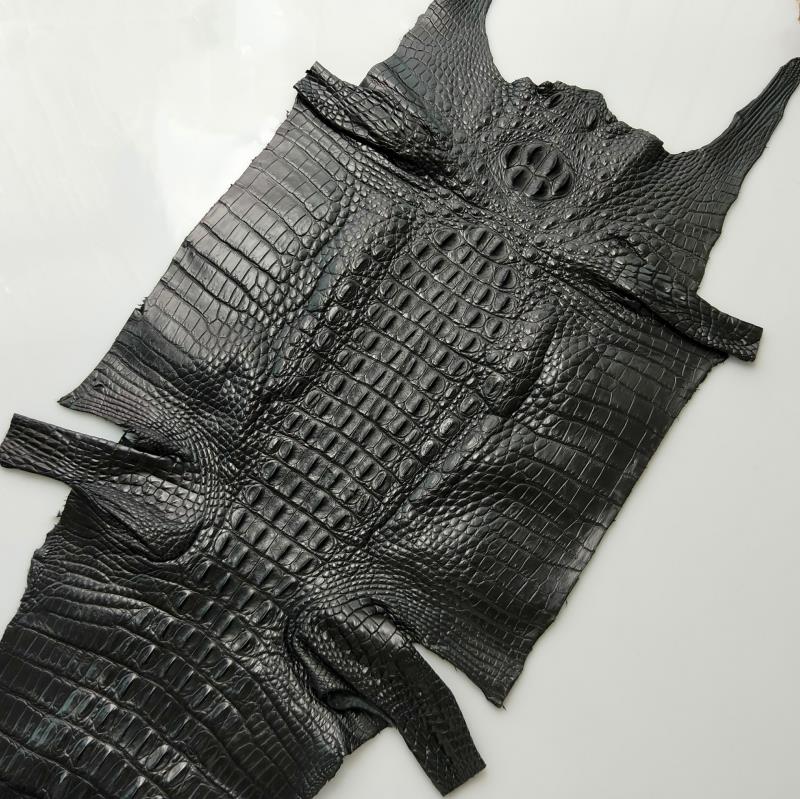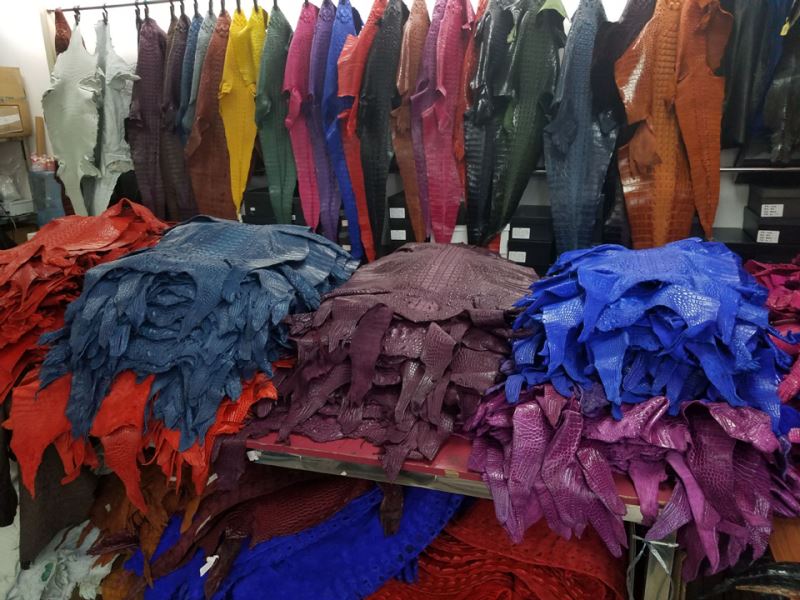The History of Alligator Skin Tanning
Alligator skin has always known to be one of the finest and reliable types of the leather. It has been popular among the masses since years and is still a running trend among those who prefer quality and style over cheap price and non-durable stuff. This is why the demand for the alligator skin has increased in the last 20 years that has allowed more individuals and companies to step into the business to experience a successfully managed exclusive house of brands. However, what most people are unaware of the process that the alligator skin goes through to be acquired into finely finished leather.
The origin of the Alligator leather
The alligator skin was once supposed to be cheap quality leather due to the fact that it was made to go through a certain procedure that polished its natural qualities and appearance. This way when the alligator leather started becoming unpopular among the users, this ultimately decreased its demand that affected the overall consumer rate. This is when the craftsmen and local residents figured out a way to keep the alligator leather preserve, free of bacteria, and reliable called alligator skin tanning.
The tanning process usually involves drying in the sun and also covering the leather with some preservatives that make it durable and high-quality alligator skin to be sold at exclusive prices.
History of Alligator tanning
The history of alligator tanning started way back in the years when the alligator skin used to be harvested for the maximum production of the high-class leather to match the local and international market demands. Alligator harvest is a common process nowadays, whereas back then it used to be rare and only a few craftsmen followed the proper alligator tanning procedure with the practical dos and don’ts.
This is the main reason why tanned alligator skin is the most demanded material in the leather industry for the making of shoes, bags, horse cradles, and other accessories. The more the people are getting involved in the investigation of the genuine leather, chances of its quality are getting better and improved for all the right reasons.
How is the alligator skin tanned?
The tanning of the alligator skin is done in a step-by-step procedure that requires to be strictly followed in order to attain the finest quality of the leather without any fail and disappointment from the maker as well as the consumer. Here is how it is done.
- The alligator skin is first taken off with the help of a professional tutorial because if the skin is peeled off in a wrong manner then it badly affects the tanning procedure as well.
- The skin is then kept in and away from sunlight to not let it dry completely.
- The skin is then dry salted for preservation.
- It is also limed and de-limed for keeping it safe from the bacteria and fungus.
- Drying and dry cleaning are the last steps for the alligator tanning process which ultimately gives the fine quality finishing.
The main purpose of alligator tanning understood by its history is to soften the leather to make it more comfortable and reliable for a long-term use and this is also the main reason for the tanning procedure becoming so common among the genuine leather craftsmen.
Recommended Fashion Crocodile and Alligator Skin items: crocodile iPhone X case, crocodile shoes, alligator shoes, crocodile backpack, alligator iPhone X case, alligator apple watch band, crocodile apple watch band, alligator briefcase, crocodile belt, crocodile bag, crocodile handbag, crocodile wallet, alligator handbag, alligator bag, alligator wallet, crocodile jacket, alligator jacket.




